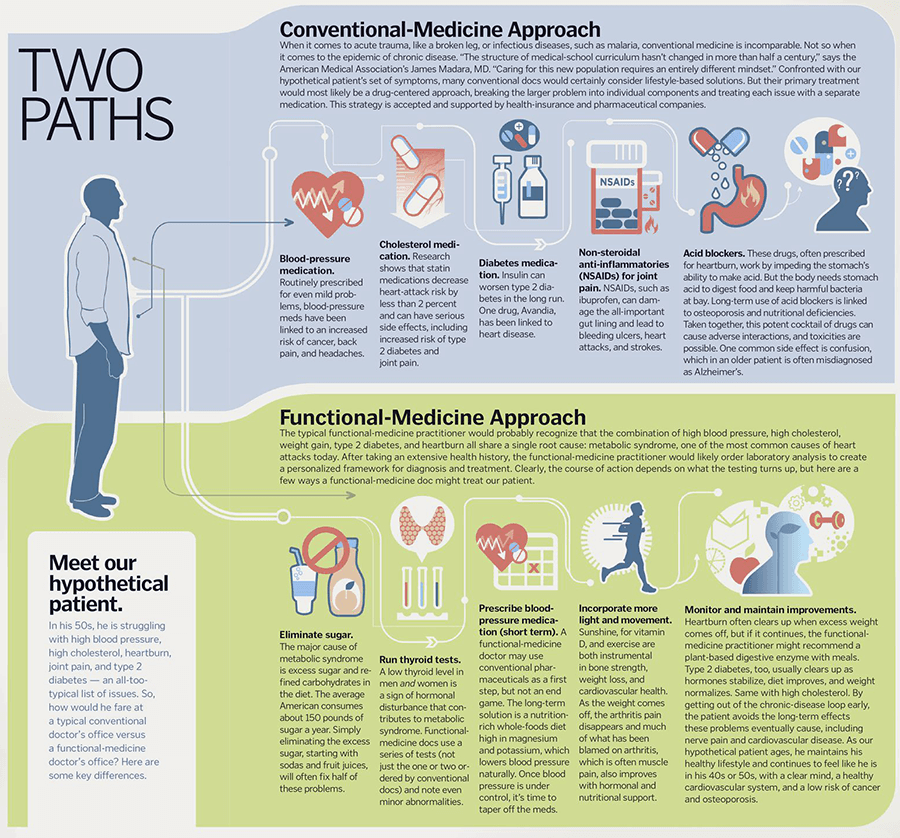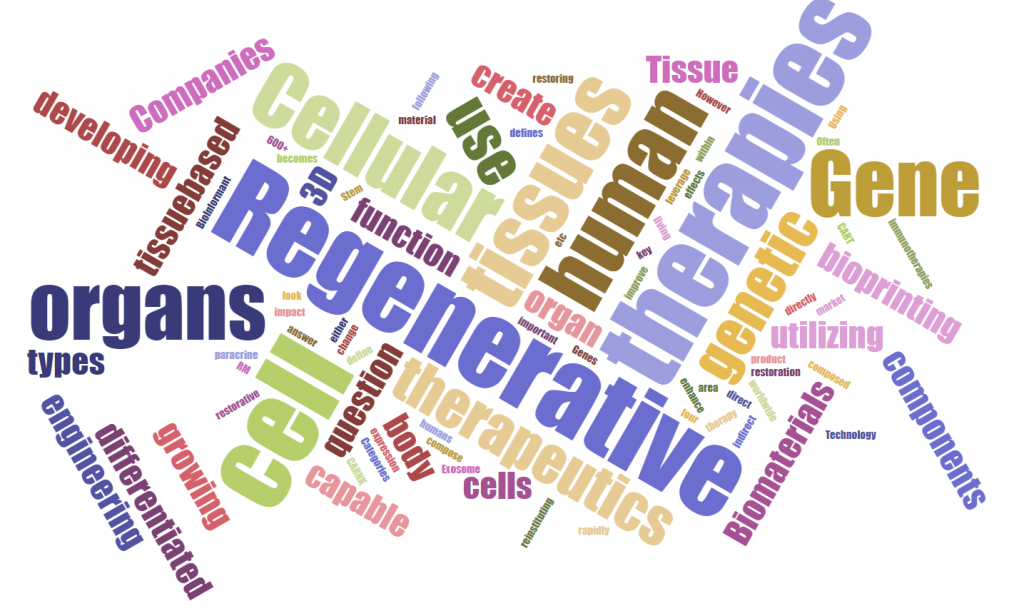Table of Contents

[/image][=video]
[/video]
Viscosupplementation: Injection of hyaluronic acid into intra-articular space can recover the viscosity and flexibility of osteoarthritic synovial liquid. HA plays an essential role in shock absorption, lubrication, and the visco-elastic nature of the synovial fluid. Prolotherapy: Prolotherapy is the shot of an option to restore an unskilled structure and promote sclerosis at the injection site.
Greater than one treatment session may be required prior to outcomes are felt and, just like any kind of treatment, outcomes are not assured. A stem cell does not offer a certain physical feature, however it can become a cell that does, such as a cartilage cell or a tendon cell. Physicians who make use of stem cell treatment think that, when put right into a specific setting, stem cells can transform to satisfy a particular need.
To make PRP, blood is taken from the person and then processedoften utilizing a centrifugeto produce a concentrated solution of platelets and plasma (PRP).: All PRP is not the exact same.
Swelling boosts blood flow and attracts cellsgranulocytes, monocytes, macrophages and fibroblaststhat can fix and heal damaged cells. During prolotherapy, a medical professional injects an irritant right into the hurt location, which momentarily boosts swelling.
Hormone Therapy in Dearborn

Prolotherapy in some cases uses PRP as an irritant, yet prolotherapy is not by meaning a cellular treatment. The most typically utilized toxic irritant is dextrose, an easy sugar. Compounds such as glycerine or saline might also be used.: Compared with various other regenerative medication therapies, such as stem cell and PRP injections, there is not a great deal of medical research concerning prolotherapy and its efficiency.
Different techniques might be used to try to repair cartilage, consisting of however not restricted to: Making small cuts or abrasions in the bone straight below the cartilage material injury. The objective is that the blood from the damaged bone will promote brand-new cartilage cell growth. Hair transplanting cartilage material from another component of the patient's body, a donor, or animal.
Regenerative medication seeks to replace cells or organs that have been harmed by age, illness, trauma, or hereditary concerns, vs. the current clinical technique that focuses mostly on treating the symptoms. The devices made use of to understand these results are tissue engineering, mobile therapies, and clinical tools and synthetic organs. Mixes of these techniques can amplify our all-natural healing procedure in the locations it is needed most, or take control of the feature of a completely damaged organ.
When injured or attacked by disease, our bodies have the inherent feedback to heal and protect. Suppose it was feasible to harness the power of the body to heal and after that increase it in a clinically appropriate method? What if we could assist the body heal much better? The appealing area of regenerative medication is functioning to bring back framework and function of broken tissues and body organs.
Hormone Therapy
The objective of this method is to create transformative medical care services that will potentially cure previously untreatable injuries and conditions. Cells design is a strategy where biologically suitable scaffolds are implanted in the body at the site where new cells is to be developed. If the scaffold remains in the geometric form of the tissue that requires to be produced, and the scaffold attracts cells the result is brand-new cells in the shape desired.

Millions of individuals have been treated with some type of tissue engineered tools, yet the area is in its early stage. Lots of millions of grown-up stem cells are discovered in every human.
For more information concerning some of the appealing research studies and professional trials involving cellular treatments, click here. In instances where an organ fails, the primary clinical strategy is to hair transplant a replacement body organ from a donor. The major challenges are the accessibility of contributor body organs, and the need that the benefactor take immunosuppression drugswhich have adverse effects.
Medical Group local to Dearborn, Michigan
Regenerative medicine covers a large range of techniques in medication, biology, design, and other locations of clinical research study. While there are just a restricted variety of accepted regenerative medication therapies for individuals today, several potential treatments remain in scientific trials, or will be soon. These definitions are intended to help you comprehend terms you might listen to as regenerative medicine comes to be an extensive subject of conversation.
Biomaterials is a significantly innovative modern technology that blends concepts of engineering and biology to drive discovery and testing of therapies. The term generally refers to products that are produced for the functions of communicating with living cells, cells, body organ, and systems. Biomaterials can be originated from natural resources, like proteins or sugars, or from artificial substances, like polymers, metals, or plastic.
One popular category of biomaterials, referred to as hydrogels, are water-based structures with adjustable residential or commercial properties to residence cells in 3D spaces that imitate problems in living cells. Next-generation biomaterials can be modified in real-time to route exactly how cells operate in 3D area. Illness modeling is making use of animals, stem cells, and crafted tools to research human conditions without the requirement for human subjects.
Regenerative Therapy
Diet plan, lifestyle, exposure to sunshine, and aging are all factors that can trigger epigenetic modifications. In the area of regenerative medicine, researchers examine exactly how epigenetic changes add to disease-causing mutations. In one investigation, ISCRM scientists are component of an effort to create a gene therapy to aid boys and dogs with an unusual muscle mass disorder to stroll and thrive.
Navigation
Latest Posts
Medical Group in Dearborn
Regenerative Therapy in Dearborn, Michigan
Menopause Therapy around Dearborn, Michigan